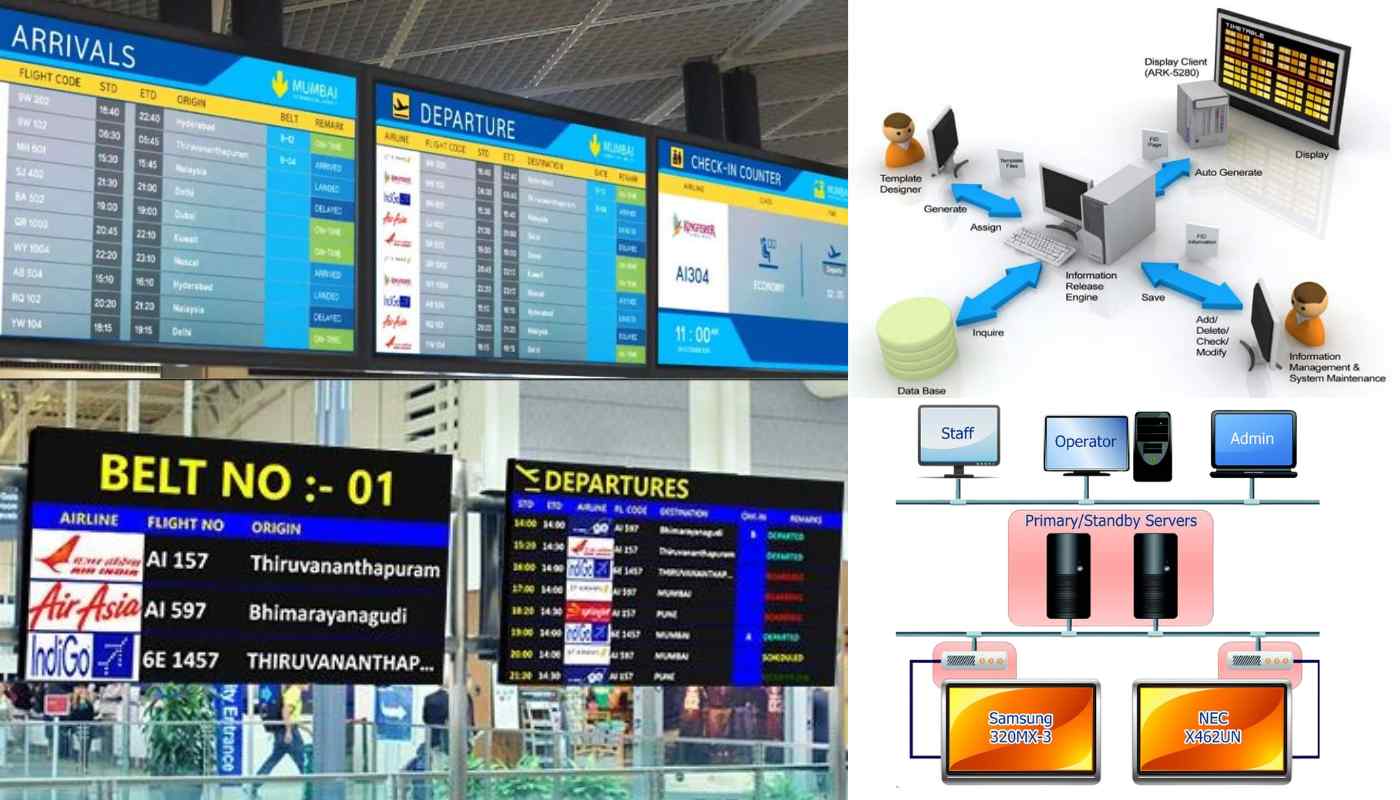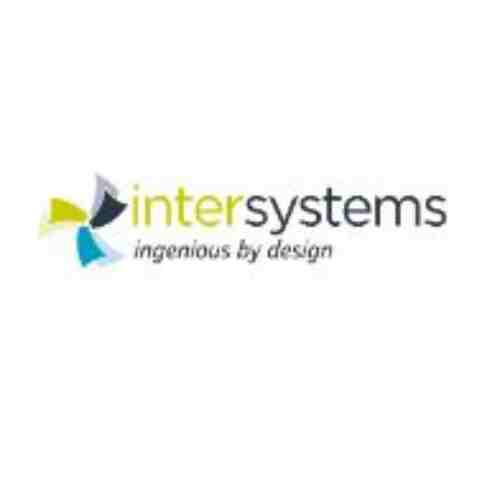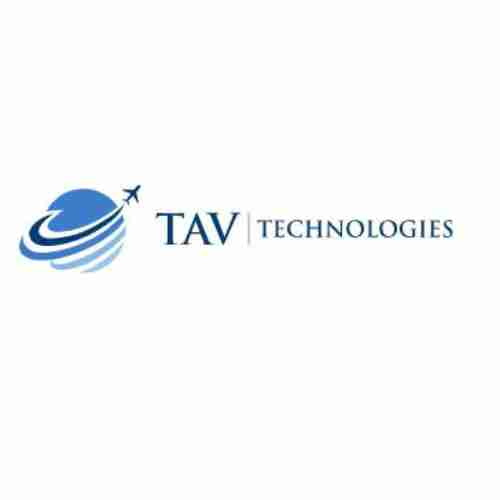Airport FIDS – Flight Information Display Systems in South Korea
Imagine the bustling heart of Incheon International Airport. A sea of travelers navigates the vast terminal, their eyes flitting between towering departure boards and sleek gate information displays. These unsung heroes, known as Flight Information Display Systems (FIDS), are the silent conductors of the airport symphony, keeping passengers informed and on track. But have you ever stopped to wonder about the technology behind these vital systems, especially in a tech-forward country like South Korea?

The Powerhouses of FIDS
South Korea boasts a thriving aviation industry, and its airports are at the forefront of technological innovation. To cater to this demand, a multitude of FIDS manufacturers and suppliers have established a strong presence in the country. Here are some key players to watch:
- Samsung SDS: A global leader in IT solutions, Samsung SDS offers a comprehensive suite of airport technologies, including cutting-edge FIDS.
- LG CNS: Another Korean tech giant, LG CNS provides integrated airport management systems, with FIDS as a core component.
- Incheon Airport IT: As the IT arm of Incheon International Airport, a major aviation hub, Incheon Airport IT develops and implements innovative FIDS solutions.
- Aviotec: This international company has a strong presence in South Korea, offering a variety of FIDS solutions, including LED and LCD displays.
The Rise of Digital Signage Solutions
Gone are the days of static departure boards. Modern FIDS in South Korea are evolving into dynamic digital signage solutions. These systems go beyond displaying flight information, offering passengers a wealth of additional features, such as:
- Real-time flight updates: Delays, cancellations, and gate changes are displayed instantly, keeping passengers informed and reducing stress.
- Interactive wayfinding: Integrated maps and touchscreens help passengers navigate the airport with ease, locating gates, baggage claim areas, and amenities.
- Multilingual support: FIDS can display information in multiple languages, catering to the diverse passenger base of Korean airports.
- Digital advertising: FIDS can be used for targeted advertising, generating revenue for airports and offering brands valuable exposure.
The Future of FIDS in South Korea
As technology continues to advance, we can expect to see even more exciting developments in the FIDS landscape of South Korea:
- Integration with AI: Artificial intelligence (AI) can be used to personalize the passenger experience, tailoring information displays based on individual needs and travel plans.
- Biometric identification: FIDS could integrate with biometric identification systems, allowing for seamless check-in and boarding processes.
- Augmented reality (AR) overlays: Imagine using your phone to scan a flight number and see an AR overlay highlighting the gate location on a map.
A Holistic Approach to Passenger Information
FIDS are just one piece of the puzzle when it comes to keeping passengers informed. South Korean airports are investing heavily in comprehensive passenger information systems (PIS) that integrate seamlessly with FIDS. These PIS solutions encompass a range of technologies, including:
- Gate information display systems (GIDS): These dedicated displays provide detailed information at boarding gates, including flight status, boarding times, and baggage claim details.
- Digital signage throughout the terminal: From security checkpoints to baggage claim areas, digital signage keeps passengers updated on wait times, directions, and important announcements.
- Mobile apps: Many Korean airports offer user-friendly mobile apps that allow passengers to access real-time flight information, track their luggage, and receive personalized travel updates.
The Benefits of Advanced FIDS and PIS in South Korea
Investing in advanced FIDS and PIS solutions offers a multitude of benefits for both airports and passengers:
- Improved passenger experience: Clear, real-time information reduces stress and frustration, leading to a more positive travel experience.
- Increased operational efficiency: FIDS and PIS can streamline airport operations, allowing for smoother passenger flow and reduced congestion.
- Enhanced safety and security: Real-time updates on delays and cancellations can help airports respond to emergencies more effectively.
- Increased revenue: Digital signage solutions can be used for targeted advertising, generating additional income for airports.
FAQs
What are FIDS and how are they used in Korean airports?
FIDS, or Flight Information Display Systems, are the digital displays found throughout Korean airports. They show real-time flight information like departure times, gate numbers, and any delays or cancellations. This helps passengers stay informed and navigate the airport smoothly.
Who are some of the leading FIDS manufacturers in South Korea?
South Korea boasts several prominent FIDS manufacturers, including tech giants like Samsung SDS and LG CNS. Additionally, Incheon Airport IT and international players like Aviotec contribute to the country’s innovative FIDS landscape.
What are some of the latest trends in FIDS technology within Korean airports?
Korean FIDS are evolving beyond basic displays. They now integrate features like real-time updates, interactive wayfinding, and multilingual support. Additionally, the rise of digital signage solutions allows for targeted advertising and a more dynamic passenger experience.








